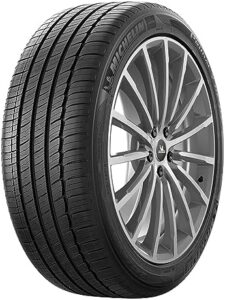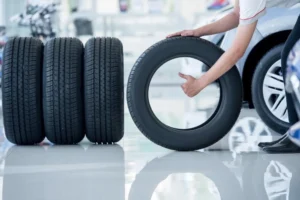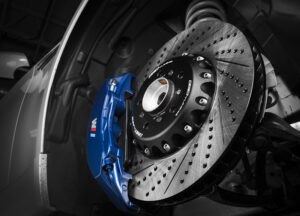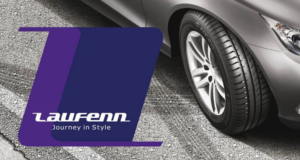If you’re in the market for new tires, you may have come across the term “run-flat tires.” These tires are designed to continue functioning even after a puncture or loss of air pressure, allowing drivers to continue driving for a limited distance and time. But are run-flat tires right for you? In this deep dive, we’ll examine the pros and cons of run-flat tires to help you make an informed decision.
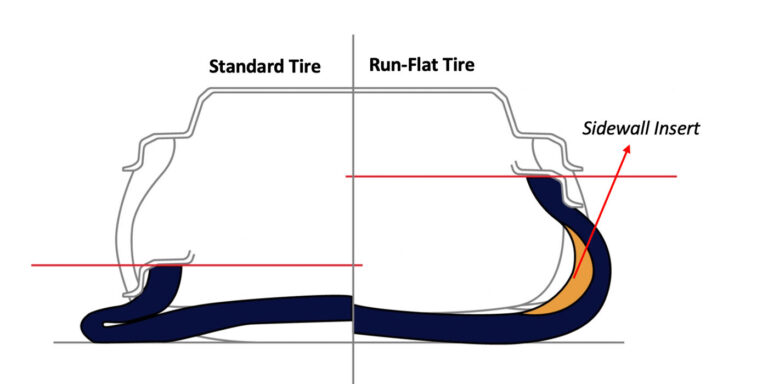
Pros:
- Convenience: With run-flat tires, you won’t have to change a flat tire on the side of the road. This can be especially convenient for those who are far from home or in remote areas.
- Peace of mind: If you get a flat tire, you can continue driving to a safe location without having to worry about damaging your vehicle or putting yourself in a dangerous situation.
- Cost savings: Since run-flat tires don’t require a spare tire, you may save money on the cost of your vehicle and have more space in your trunk.
Cons:
- Cost: Run-flat tires can be significantly more expensive than traditional tires.
- Reduced comfort: Run-flat tires tend to be stiffer than traditional tires, which can result in a rougher ride.
- Limited range: While run-flat tires can allow you to continue driving after a puncture, you’ll still need to replace the tire as soon as possible. This means you may need to plan your route and be prepared for a tire change if you’re driving far from home.
When it comes to deciding whether run-flat tires are right for you, it’s important to consider your driving habits and priorities. If you’re someone who values the convenience and peace of mind of being able to drive after a puncture, run-flat tires may be a good choice for you. However, if you’re someone who values a smooth and comfortable ride, you may want to consider other tire options.
Ultimately, the choice between run-flat tires and traditional tires is a personal one that will depend on your individual needs and preferences. Be sure to do your research, consider all of the pros and cons, and consult with a tire expert before making a decision.
It’s also important to note that not all vehicles are compatible with run-flat tires, so it’s essential to check with your manufacturer before making a purchase. Some vehicles may require specific run-flat tire models, while others may not be able to use them at all. If your vehicle can use run-flat tires, it may also be necessary to replace or upgrade your wheel rims to accommodate the different type of tire.
Another consideration is the availability of run-flat tires. While run-flat tires have been on the market for a while now, they’re not as widely available as traditional tires, so you may need to special order them. This can also mean that you’ll need to pay a premium price for the tires and wait for them to be shipped to your location.
Finally, it’s worth mentioning that run-flat tires come with their own set of maintenance requirements. These tires need to be inspected regularly and replaced as soon as possible if they are punctured, as they can’t be repaired like traditional tires. Additionally, run-flat tires may have a shorter lifespan than traditional tires due to the added weight and stiffer construction.
In conclusion, run-flat tires can offer drivers convenience and peace of mind, but they also come with higher costs and reduced comfort. Before making a decision, it’s essential to consider your driving habits, priorities, and budget, as well as the compatibility of your vehicle with run-flat tires. With all of this information in mind, you can make an informed decision about whether run-flat tires are right for you.

